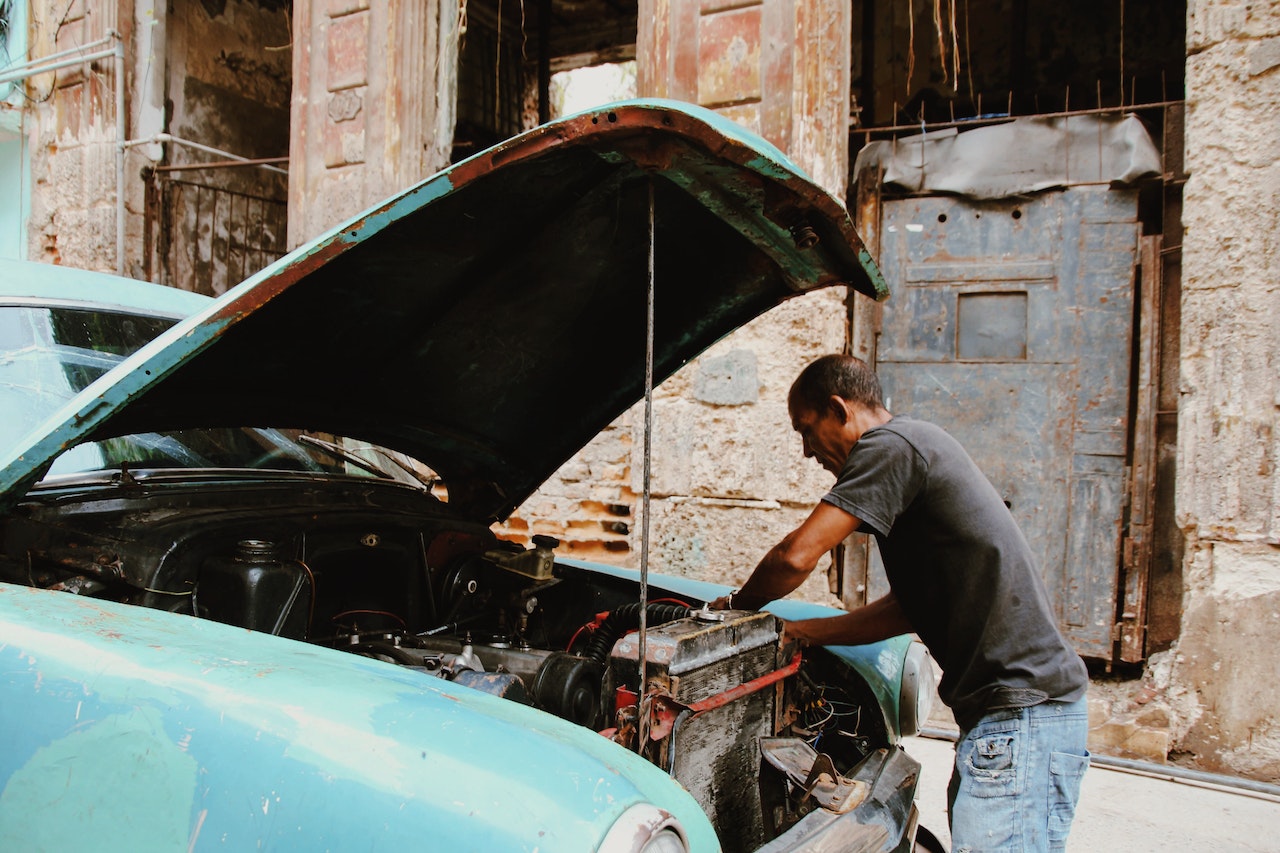
Can You Run a Car Without a Thermostat in the Summer
Wondering if it’s possible to run a car without a thermostat during the summer? Well, the answer is yes, you can technically do it. However, there are some important factors to consider before deciding to remove the thermostat from your car’s cooling system.
Running a car without a thermostat in the summer may seem like an easy way to prevent overheating. After all, removing the thermostat allows coolant to flow freely through the engine at all times. This might sound like a good idea in theory, but in reality, it can cause more harm than good.
Potential Risks of Running a Car Without a Thermostat
Running a car without a thermostat in the summer may seem like a tempting idea, but it’s important to consider the potential risks involved. While it is technically possible to operate a vehicle without a thermostat, doing so can lead to various problems and complications that could ultimately damage your car’s engine and affect its overall performance. Here are some key risks associated with running a car without a thermostat:
- Engine Overheating: The primary function of the thermostat is to regulate the flow of coolant through the engine. Without it, there is no control over how much coolant enters or circulates within the engine system. This lack of regulation can result in overheating, especially during hot summer months when temperatures are already high. Overheating can cause severe damage to engine components such as cylinder heads, gaskets, and even pistons.
- Poor Fuel Efficiency: A properly functioning thermostat helps maintain an optimal operating temperature for the engine. When you remove or bypass this crucial component, your car’s fuel efficiency may suffer significantly. The engine might run too cold or too hot, leading to inefficient combustion and increased fuel consumption.
- Increased Wear and Tear: Operating a car without a thermostat disrupts the balance between heat dissipation and cooling within the engine system. This imbalance puts additional stress on various parts such as radiator hoses, water pump seals, and other cooling system components. As these parts work harder than designed, they are more prone to wear and tear over time.
- Inefficient Heater Performance: Apart from regulating engine temperature, thermostats also play a role in controlling cabin heating systems by directing coolant flow towards the heater core inside your vehicle’s interior compartment. If you remove or bypass the thermostat entirely, you may experience reduced effectiveness or complete failure of your car’s heating system during colder seasons.
In conclusion, while it’s technically possible to run a car without a thermostat in the summer, doing so poses several risks that can have detrimental effects on your vehicle’s performance, fuel efficiency, and overall longevity. It is strongly recommended to consult with a qualified mechanic or automotive professional before making any modifications to your car’s cooling system.

Tips for Preventing Engine Overheating
When it comes to keeping your car’s engine cool during the hot summer months, there are a few tips you can follow to prevent engine overheating. While running a car without a thermostat in the summer may seem like an option, it is not recommended for long-term use. Here are some practical suggestions to help keep your engine running smoothly:
- Maintain proper coolant levels: Regularly check and top up your coolant levels according to the manufacturer’s recommendations. Coolant helps regulate the temperature of the engine and prevents it from overheating. Make sure you use the correct type of coolant specified by your vehicle’s manufacturer.
- Check for leaks: Inspect hoses, radiator, and water pump for any signs of leaks or cracks that could cause coolant loss. Leaks can lead to insufficient cooling and eventual engine overheating.
- Monitor your temperature gauge: Pay attention to your car’s temperature gauge while driving. If you notice that it starts creeping towards the red zone or if warning lights illuminate on your dashboard, pull over safely as soon as possible to allow the engine to cool down before continuing.
- Use air conditioning sparingly: Running your air conditioning puts an extra load on the engine, increasing its operating temperature. Limit its usage when possible, especially during extremely hot days or when climbing steep hills.
- Avoid prolonged idling: Extended periods of idling can cause heat buildup in the engine bay without sufficient airflow through the radiator. If you find yourself stuck in traffic or waiting for an extended period, consider shutting off the engine temporarily or periodically revving it slightly to maintain airflow.
Remember, while these tips can help prevent engine overheating, it’s essential to address any underlying issues promptly. If you continue to experience frequent overheating problems or have concerns about running your car without a thermostat, it’s best to consult a qualified mechanic for further advice.



